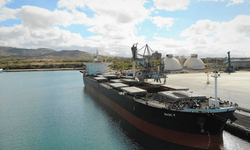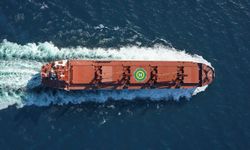Much like COVID-19 dominated our discussions three years ago, decarbonization is now at the forefront of our focus. As our attention shifted from handling COVID-19 to addressing decarbonization, the shipping industry is experiencing a similar transformation.
Historically, ships relied on sails for propulsion, and the workers on these ships were known as sailors. With the invention of steam engines and internal combustion engines, these sailors transitioned into seafarers. Today, we are witnessing a return to sail-like propulsion, but this time with an emphasis on sustainability.
In recent years, there has been a concerted effort to ensure the welfare of seafarers. The industry has focused on the importance of soft skills, onboard connectivity, and other services to improve the living and working conditions of seafarers. Significant regulations have also been introduced, such as the Maritime Labor Convention (MLC) and the International Safety Management Code (ISM). These efforts underscore the industry's commitment to prioritizing the health and safety of its workforce while navigating the path toward decarbonization.






